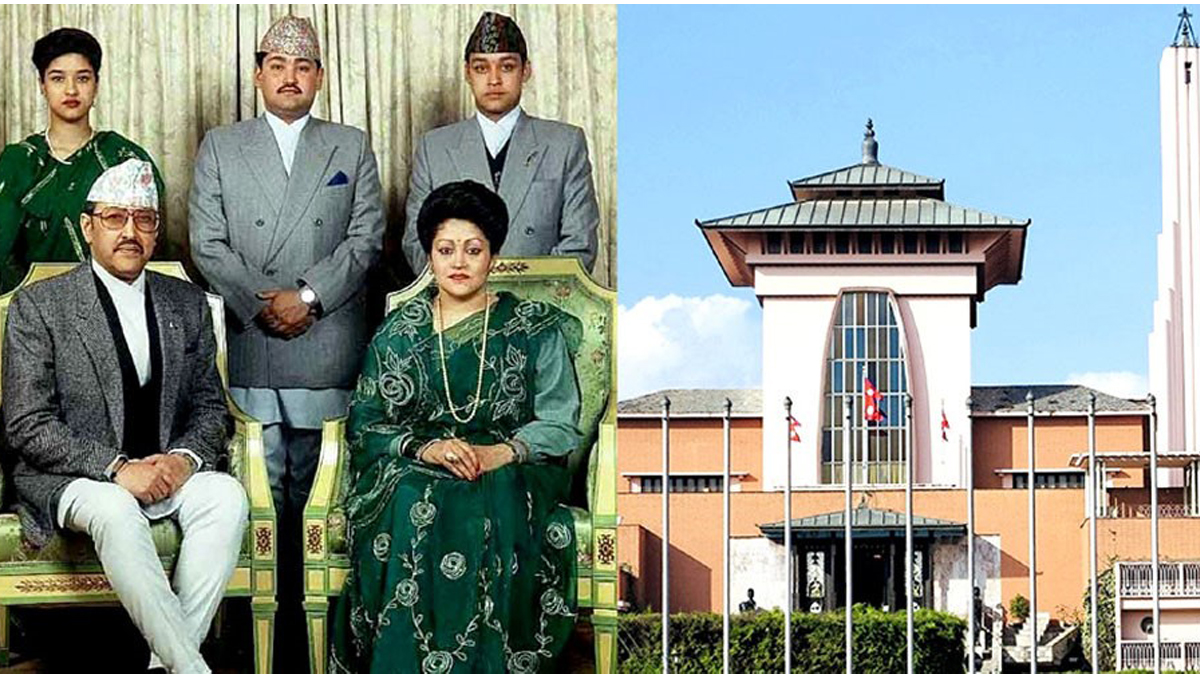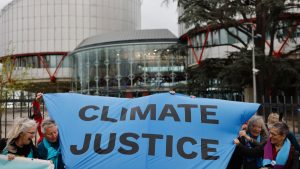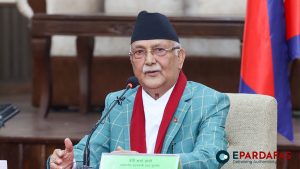
A Royal Massacre: Narayanhiti Palace Tragedy 23 Years On, Truth Still Eludes Nepal
Today marks the completion of 23 years since the tragic Narayanhiti Palace Massacre, a grim event that brought an abrupt end to the reign of King Birendra Shah’s dynasty and left the nation in shock. Despite the passage of over two decades, the details surrounding the massacre remain shrouded in mystery, leaving the public clamoring for the truth.
On the fateful night of June 1, 2001, within the confines of the Narayanhiti Royal Palace, Nepal witnessed one of its darkest chapters. King Birendra, Queen Aishwarya, Crown Prince Dipendra, Prince Nirajan, Princess Shruti, Princess Shanti, Princess Sharada, Princess Jayanti, Kumar Khadga Bikram Shah, and Prince Dhirendra Shah were all fatally shot. The survivors included Komal Shah, Shobha Shahi, Kumar Gorakh Shamsher, and Ketaki Chester.
In the immediate aftermath, a High-Level Probe Committee led by former Chief Justice Keshav Prasad Upadhyay and Speaker Tara Nath Ranabhat was formed to investigate the incident. The committee’s public report concluded that Crown Prince Dipendra, in a bout of intoxicated rage, was responsible for the killings before turning the gun on himself. However, this conclusion has not been accepted by the general populace, who believe that crucial questions remain unanswered.
Over the years, the demand for a thorough and transparent investigation has only intensified. Nepali citizens continue to call for the truth behind this unresolved mystery to be uncovered. Despite various political leaders promising to prioritize the resolution of the massacre upon assuming office, no substantial steps have been taken to revisit the investigation.
One prominent figure in this ongoing narrative is former Maoist Center Chairman Pushpa Kamal Dahal ‘Prachanda’. Prachanda, who became Prime Minister for the first time after the establishment of the republic, had vowed to unearth the truth behind the massacre. However, even after serving three terms as Prime Minister, his promises have not materialized into action.
The public sentiment is one of frustration and disappointment. Many feel that political leaders use the promise of probing the massacre as a tool to gain public support when out of power, only to abandon the cause once they assume office. This cycle has led to growing skepticism about the political will to address the massacre comprehensively.
As Nepal commemorates the 23rd anniversary of the Narayanhiti Palace Massacre, the haunting questions remain. The nation waits for a resolution, yearning for a definitive account of the events that forever changed the course of its history. The call for truth and justice continues to resonate, urging current and future leaders to fulfill their commitments and bring closure to one of Nepal’s most tragic and unresolved episodes.













Comments